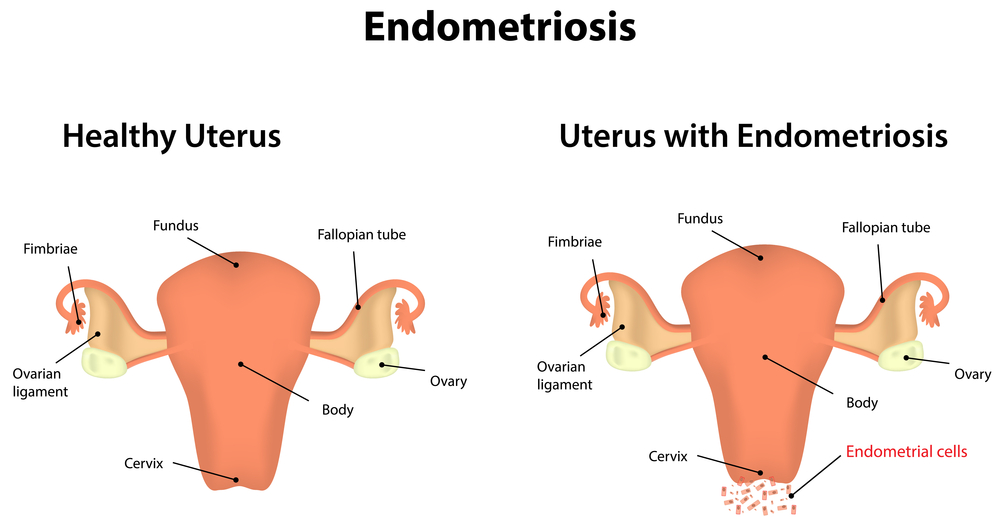In a recent study entitled “Circulating microRNAs as potential biomarkers for endometriosis,” researchers suggest that measuring the expression of members of a class of RNAs – microRNAs – in women’s blood can potentially serve as a noninvasive diagnostic marker for endometriosis. The study was published in the journal Fertility and Sterility.
Endometriosis is one of the most common gynecologic disorders, affecting approximately 10% to 20% of women in reproductive ages. It is characterized by abnormal growth of endometrial tissue outside the endometrial cavity and uterine musculature. Despite its still high prevalence, the diagnosis is often difficult to perform due to variability and overlapping of symptoms with other diseases, and is made more difficult by the current lack of diagnostic biomarkers.
In this study, authors evaluated whether microRNAs (miRNAs), a family of small noncoding RNAs capable of regulating gene expression, could be used as noninvasive biomarkers for endometriosis. With increasing reports associating miRNAs’ deregulated expression with human diseases, namely cancer and cardiovascular diseases, and their presence in blood samples (circulating miRNAs), the authors previously identified in women with severe endometriosis variations in let-7 miRNA that induces abnormal expression of KRAS in endometrial cells, accompanied by increased proliferation and invasion. Other identified miRNAs associated with women with endometriosis are miR-135a and miR-135b.
In order to test if these miRNAs are differentially expressed in circulating blood in women with and without endometriosis, the team extracted RNA from serum of 24 women with endometriosis and from 24 controls (women without the disease). Following extraction, they determined the levels of expression of miRNA let-7 (from let-7a to let7-f), miR-135a and miR-135b.
They found women with endometriosis express significantly lower levels of circulating let-7b and miR-135a when compared to healthy women controls. Other miRNA species, namely miRNA let-7d and 7f, exhibited a tendency for lower expression in the endometriosis phenotype. The team evaluated the expression of these miRNAs with women’s menstrual cycle and found differences between endometriosis patients and controls in several of these miRNAs, according to the menstrual cycle stage. Specifically, during the proliferative cycle (the part of the menstrual cycle during which follicles inside the ovaries develop and mature in preparation for ovulation, known also as follicular phase), women with endometriosis expressed significantly lower levels of let-7b, 7c, 7d, and 7e. The team modulated this expression profile to determine its potential use as a disease biomarker.
They suggest that determining the combined expression of serum let-7b, 7d, and 7 levels during the proliferative phase of women’s cycle is a reliable diagnostic marker for endometriosis that may be useful as a noninvasive diagnostic tool.

